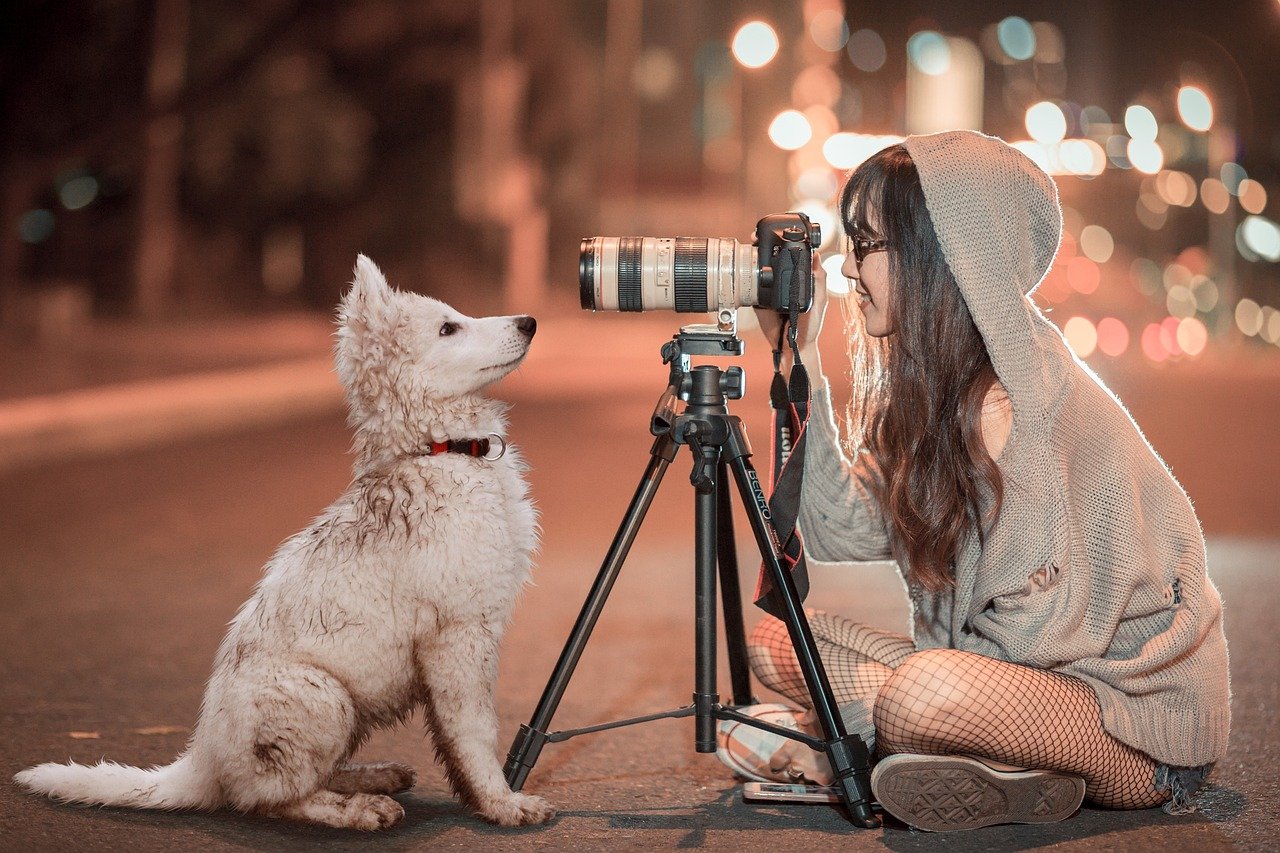Dogs are often celebrated for their loyalty and companionship, but like humans, they can experience a range of emotions, including jealousy. Whether it’s the arrival of a new pet, a baby, or even a new partner, a jealous dog might act out in ways that can be puzzling or even frustrating. Understanding why your furry friend feels this way and knowing how to address it is essential for maintaining a happy and harmonious home. Let’s delve into the world of canine jealousy and explore some ways to manage it effectively.
Recognizing the Signs of Jealousy in Dogs
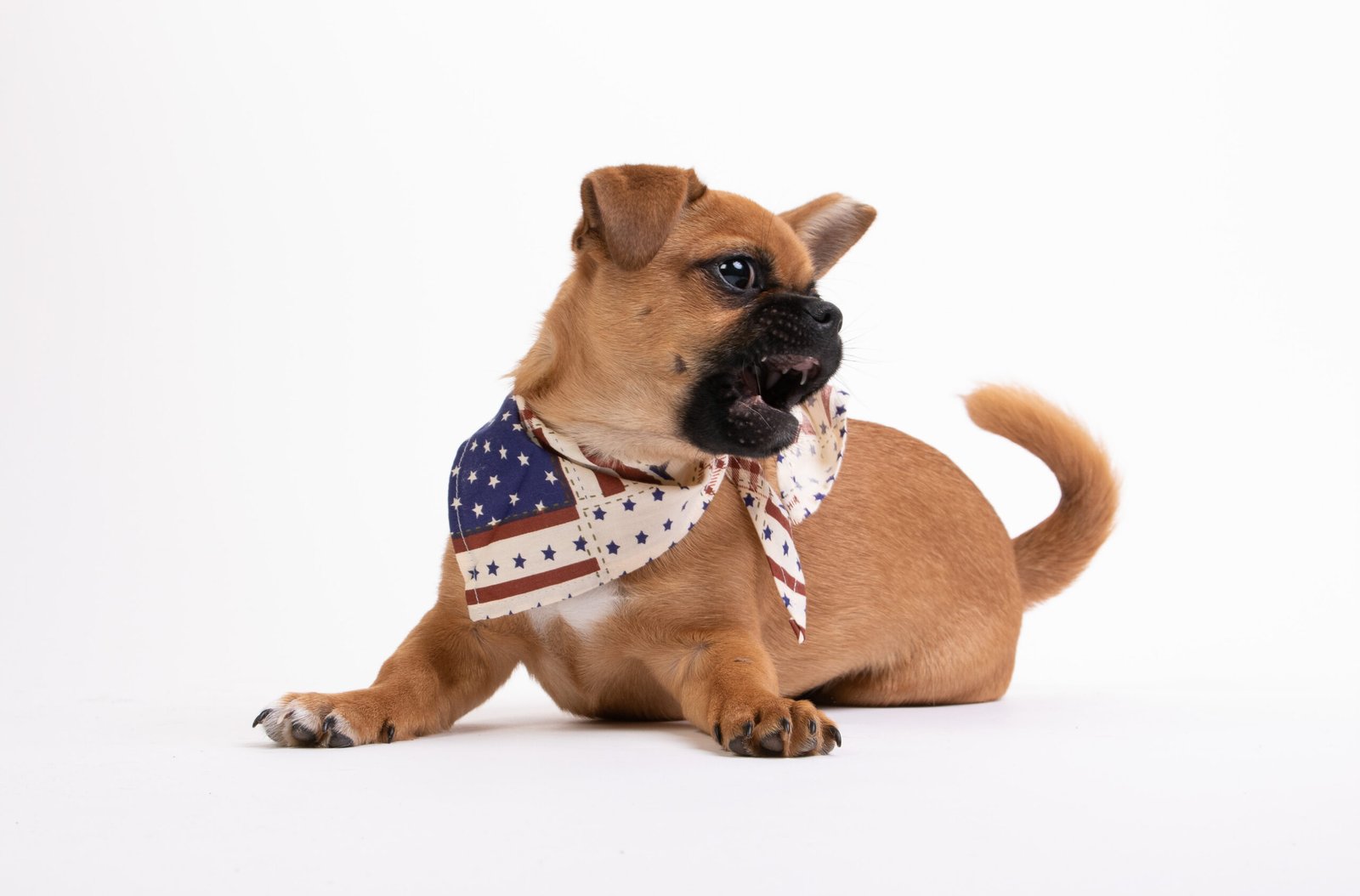
Dogs, much like people, have their own ways of expressing jealousy. Some common signs include growling, snapping, or even refusing to obey commands. They might also push themselves between you and the object of their jealousy, or become unusually clingy or withdrawn. Recognizing these behaviors is the first step in addressing the issue. It’s essential to remember that these actions are not just bad behavior but a cry for attention or an expression of insecurity. By understanding these signs, you can take proactive steps to address your dog’s feelings and work towards a solution.
Understanding the Root Causes of Jealousy

Jealousy in dogs can stem from various sources. A new pet or family member can disrupt the attention your dog is used to receiving. Changes in routine, such as spending less time with your pet due to work or other commitments, can also trigger jealous behavior. It’s important to consider your dog’s perspective. For them, any change in the family dynamic can be confusing and unsettling. By identifying the root cause of their jealousy, you can tailor your approach to address their specific needs and help them feel more secure in their environment.
Promoting Positive Reinforcement
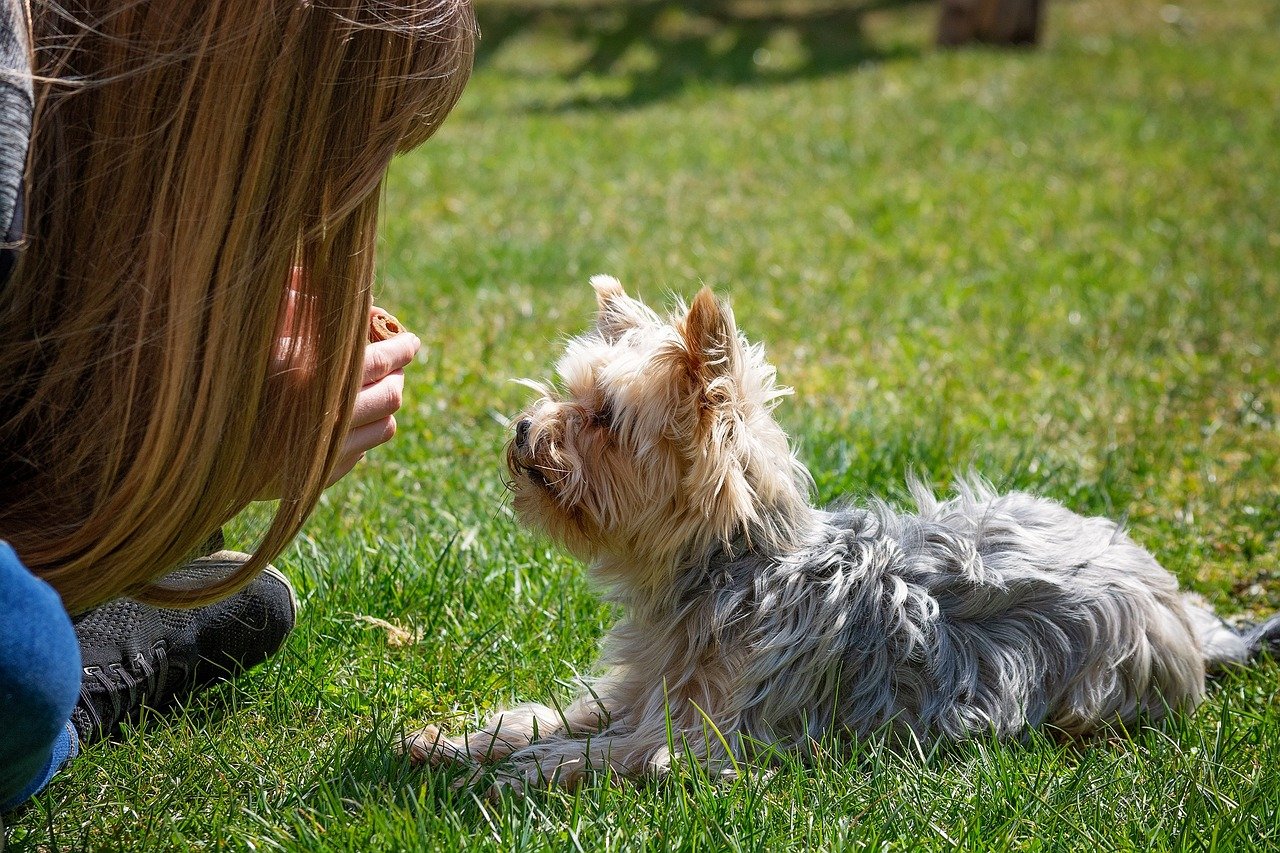
Positive reinforcement is a powerful tool in modifying dog behavior, including jealousy. When your dog behaves calmly and positively around the source of their jealousy, reward them with treats, affection, or playtime. This encourages them to associate the presence of the new pet or person with positive experiences. Consistency is key; make sure to reward the desired behavior each time it occurs. Over time, your dog will learn that being calm and friendly leads to good things, helping to alleviate their jealous tendencies.
Ensuring Equal Attention
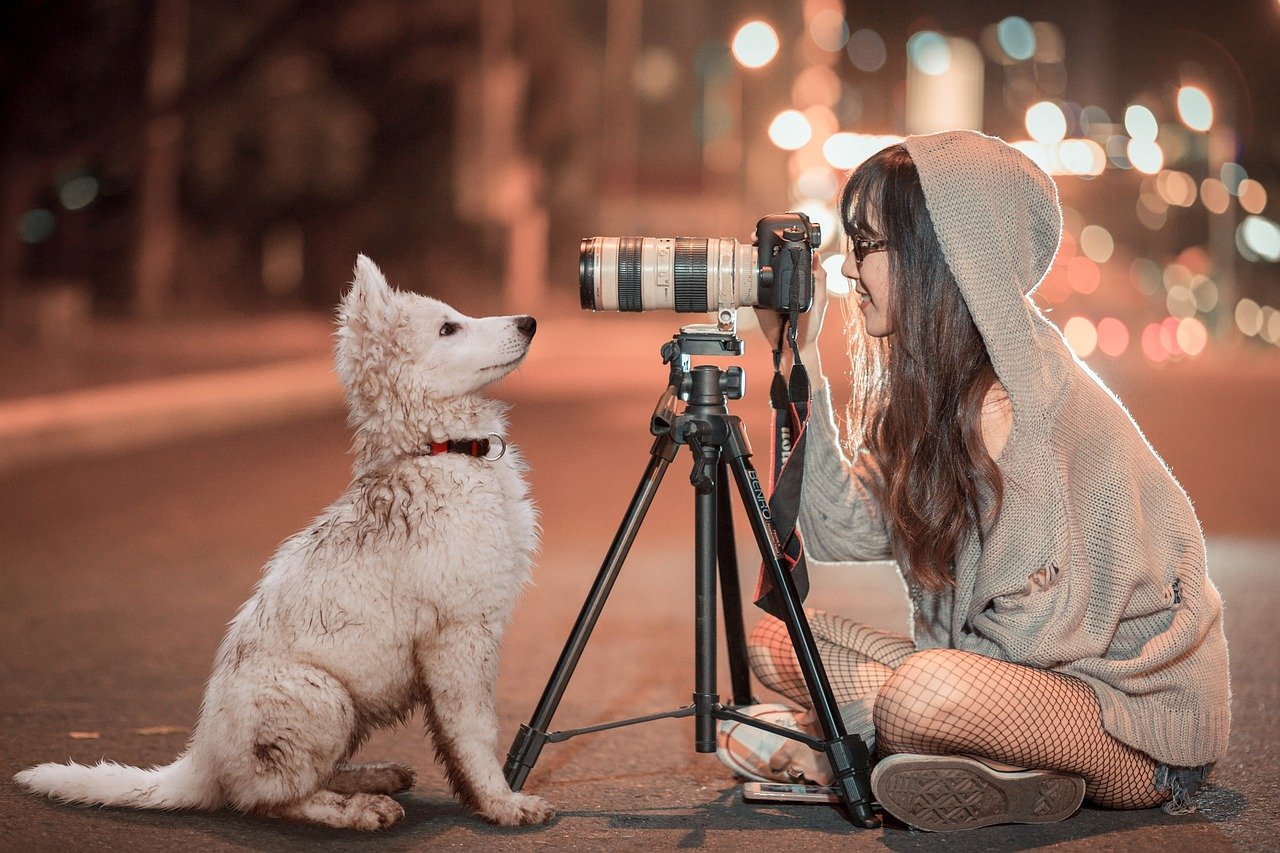
One of the simplest ways to address jealousy is to ensure your dog receives equal attention. Spend quality time with them each day, engaging in activities they enjoy, such as walks, playtime, or training sessions. This reassures your dog that they are still an important part of your life. If a new pet or person is the source of jealousy, involve your dog in activities with them. For example, take both pets on a walk together or include your dog in family activities with the new member. This inclusion helps your dog feel valued and less threatened by the change.
Creating a Safe Space
Providing a safe and comfortable space for your dog can help reduce feelings of jealousy and insecurity. This could be a cozy bed in a quiet corner of the house or a special spot where they can retreat and relax. Having a designated area can give your dog a sense of ownership and security. Make sure this space is free from disturbances, and encourage your dog to use it when they need a break. A safe space can be particularly beneficial in multi-pet households, allowing each animal to have their own territory and reducing conflict.
Introducing New Members Gradually

When introducing a new pet or person to the household, it’s crucial to do so gradually. Sudden changes can be overwhelming for your dog and exacerbate feelings of jealousy. Start by allowing your dog to observe the newcomer from a distance, gradually decreasing the distance as they become more comfortable. Use positive reinforcement to reward calm behavior during these interactions. It’s also important to supervise their initial meetings to ensure safety and prevent negative encounters. A slow and steady introduction can help foster positive relationships and reduce jealousy.
Building Trust Through Consistency
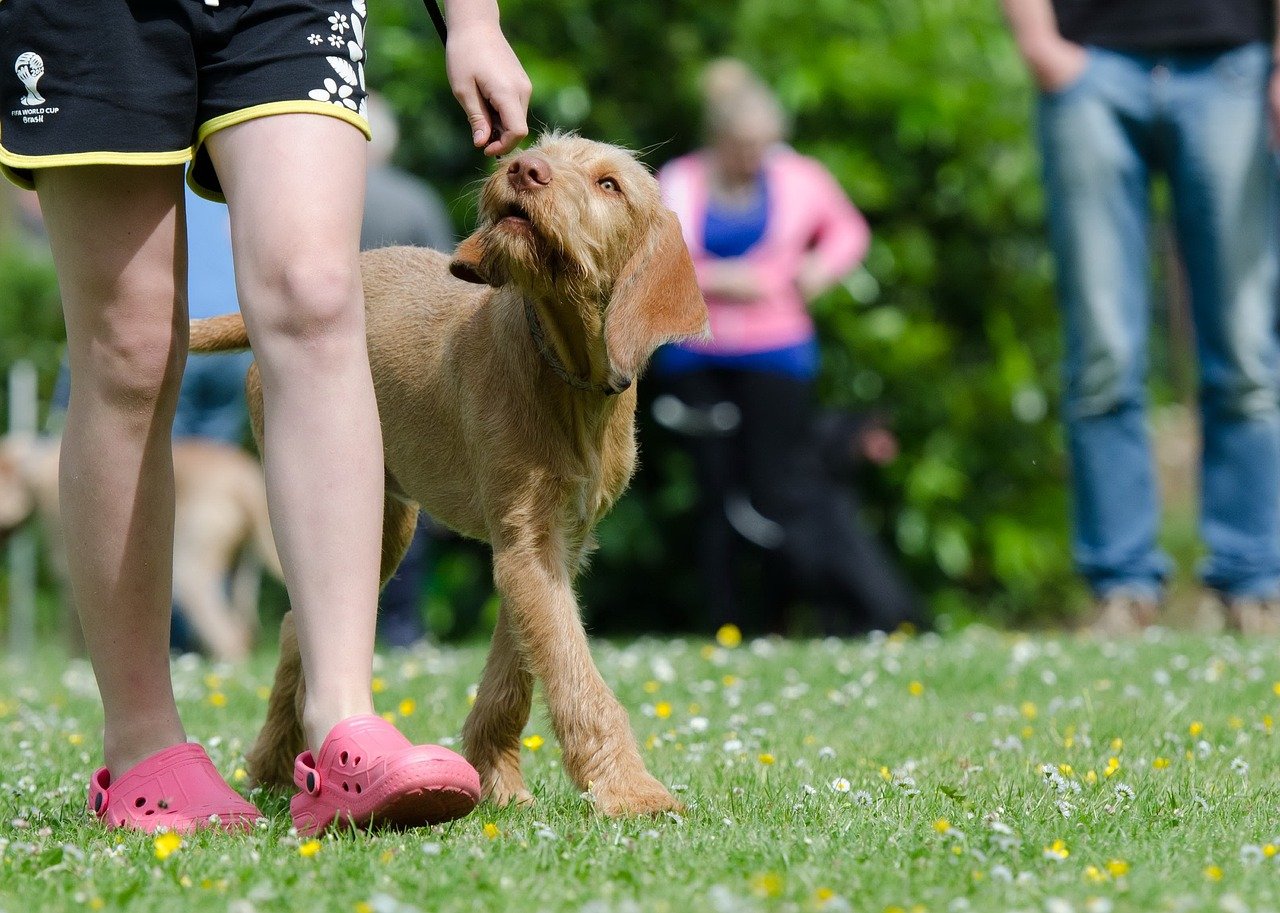
Consistency in your interactions with your dog is vital for building trust and reducing jealousy. Stick to regular feeding, walking, and play schedules to provide a sense of stability. Consistent routines help your dog know what to expect, reducing anxiety and uncertainty. If changes are necessary, introduce them gradually to give your dog time to adjust. Additionally, be consistent in your training and behavior management techniques. This consistency reinforces your dog’s understanding of what is expected and helps them feel secure in their environment.
Seeking Professional Help If Needed
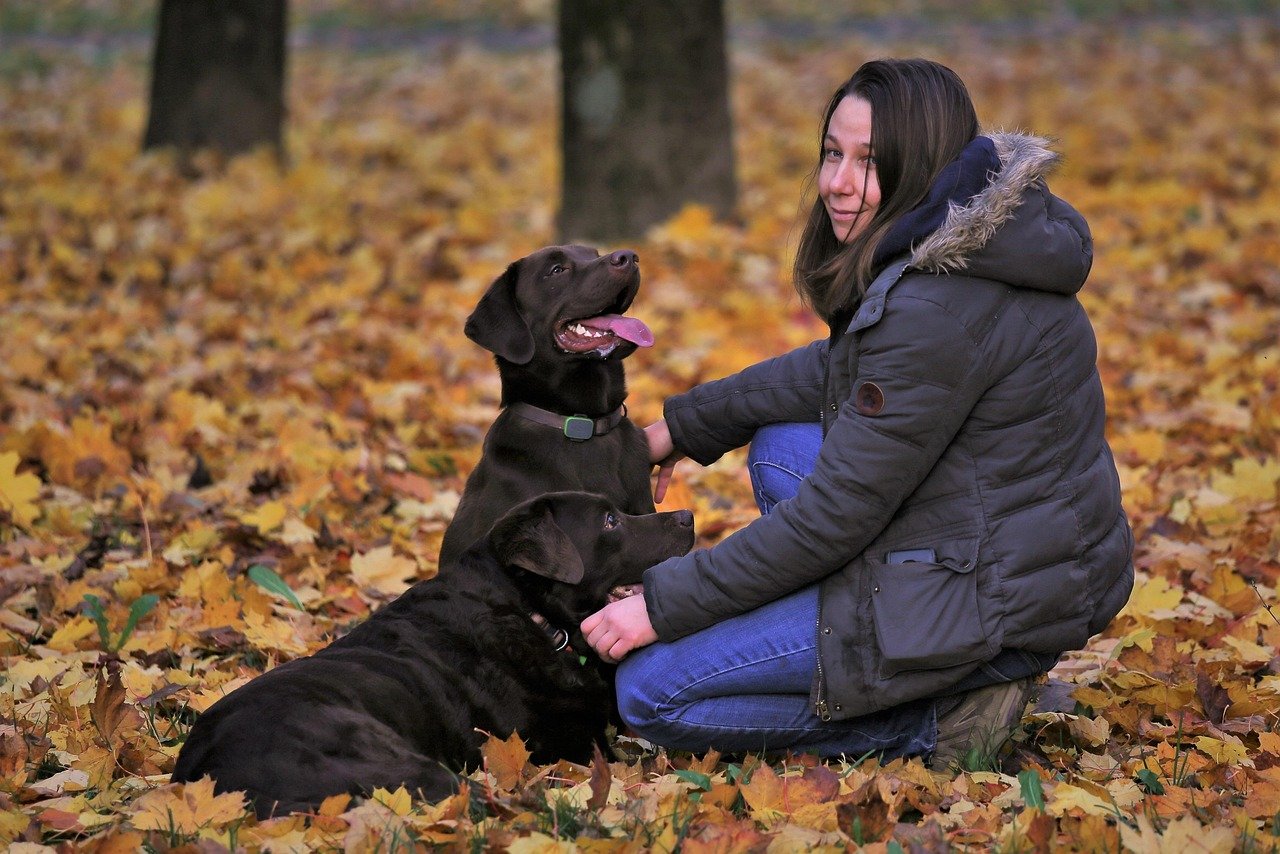
Sometimes, despite your best efforts, jealousy issues may persist. In such cases, seeking professional help from a veterinarian or a certified dog behaviorist can be beneficial. These experts can assess the situation and provide tailored advice and strategies to address your dog’s specific needs. They may also identify underlying issues that you might not have recognized. Remember, there’s no shame in seeking help. Your dog’s well-being is the priority, and professional guidance can be instrumental in achieving a harmonious household.
In conclusion, dealing with a jealous dog requires patience, understanding, and a proactive approach. By recognizing the signs of jealousy, addressing root causes, and using positive reinforcement, you can help your dog adjust to changes in their environment. Ensuring equal attention, creating a safe space, and being consistent in your interactions are also key strategies. Remember, every dog is unique, and what works for one may not work for another. With time, effort, and love, you can help your dog overcome jealousy and enjoy a happy and balanced life.

